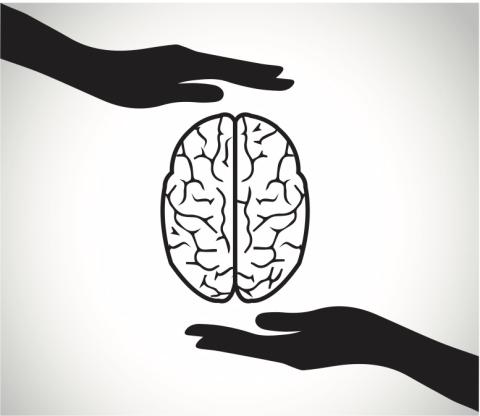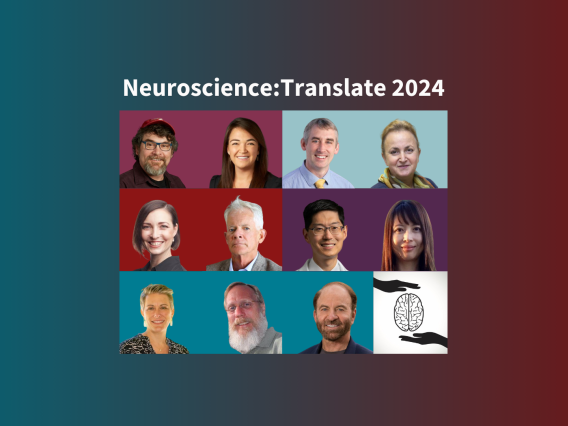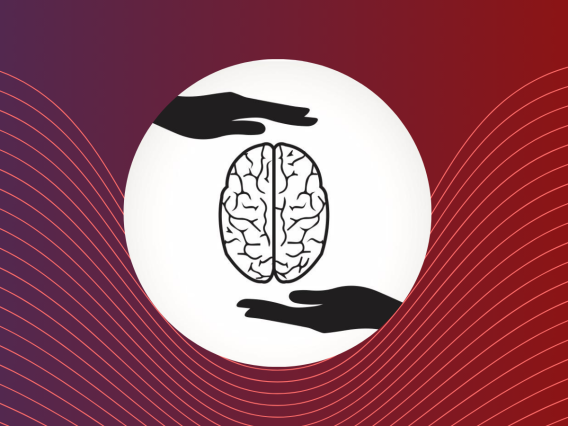The Neuroscience:Translate grant program supports research projects at the intersection of biology, engineering and medicine to address practical unmet needs in brain health and the neurosciences.
The program funds cross-disciplinary teams to develop new devices, diagnostic procedures, software, pharmaceutical therapies and other products that can be brought rapidly to market through new startup companies or partnerships with existing companies. Grants of up to $100,000 are awarded annually to approximately six teams. Teams who have previously received Neuroscience:Translate awards may apply for a one-year renewal to continue advancing their technology.
This program was inspired by the successful Stanford Coulter Translational Research program, a partnership between Stanford Bioengineering and the Coulter Foundation managed by the Stanford Byers Center for Biodesign. The Wu Tsai Neurosciences Institute partners with Stanford Biodesign to bring this approach and expertise to bear on the field of neuroscience and brain diseases, with guidance from a Neuroscience:Translate oversight committee comprising scientific and industry leaders in biotechnology development.
Funded Neuroscience:Translate projects
Optimization of the African killifish platform for rapid drug screening for aggregate based neurodegenerative diseases
The rehab glove: Passive tactile stimulation for stroke rehabilitation
Project's stimulation method may provide a powerful tool to reduce disability after a stroke, and the wearable form factor allows users to receive intensive therapy during their normal daily routine
Topical Hedgehog modulators to enhance motor nerve regeneration after injury and repair
Targeting DNA repair for neuroinflammation in stroke
Remote reliable measurements of movement using bluetooth enabled engineered keyboard for diagnosis of neurological diseases - Renewal
This team is developing a device that will enable accurate diagnosis of Parkinson’s disease via telemedicine. They initially introduced the technology of Quantitative DigitoGraphy (QDG) using a repetitive alternating finger tapping (RAFT) task on a musical instrument digital interface (MIDI) keyboard and will use Neuroscience: Translate funding for the next stage of device development.
Development of an Ultrasound Neuromodulation Therapy to Treat Rheumatoid Arthritis
This team will use their Neuroscience:Translate award to develop the first wearable ultrasound (US) device for the treatment of inflammatory diseases, such as Rheumatoid Arthritis (RA) and Inflammatory Bowel Disease.


